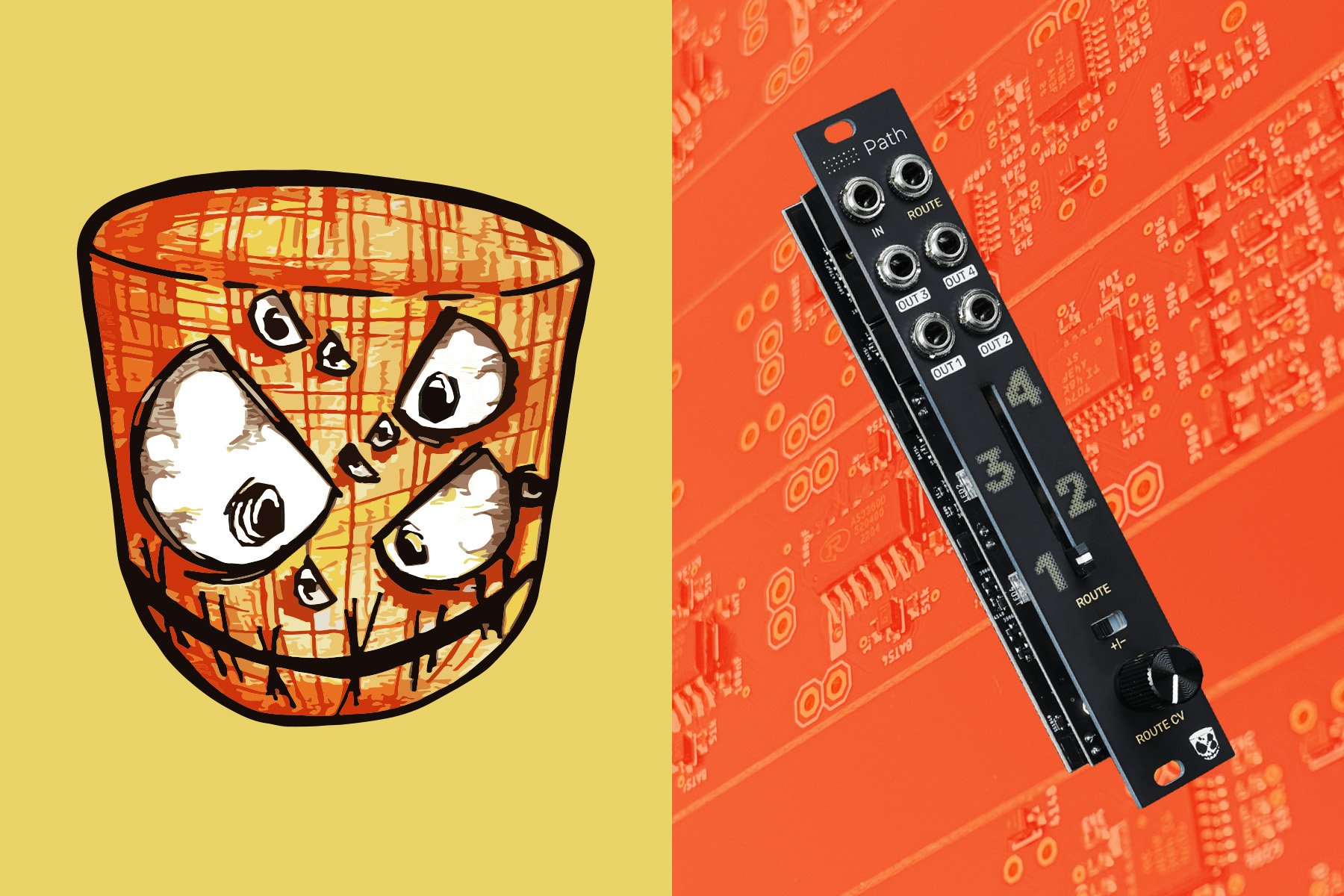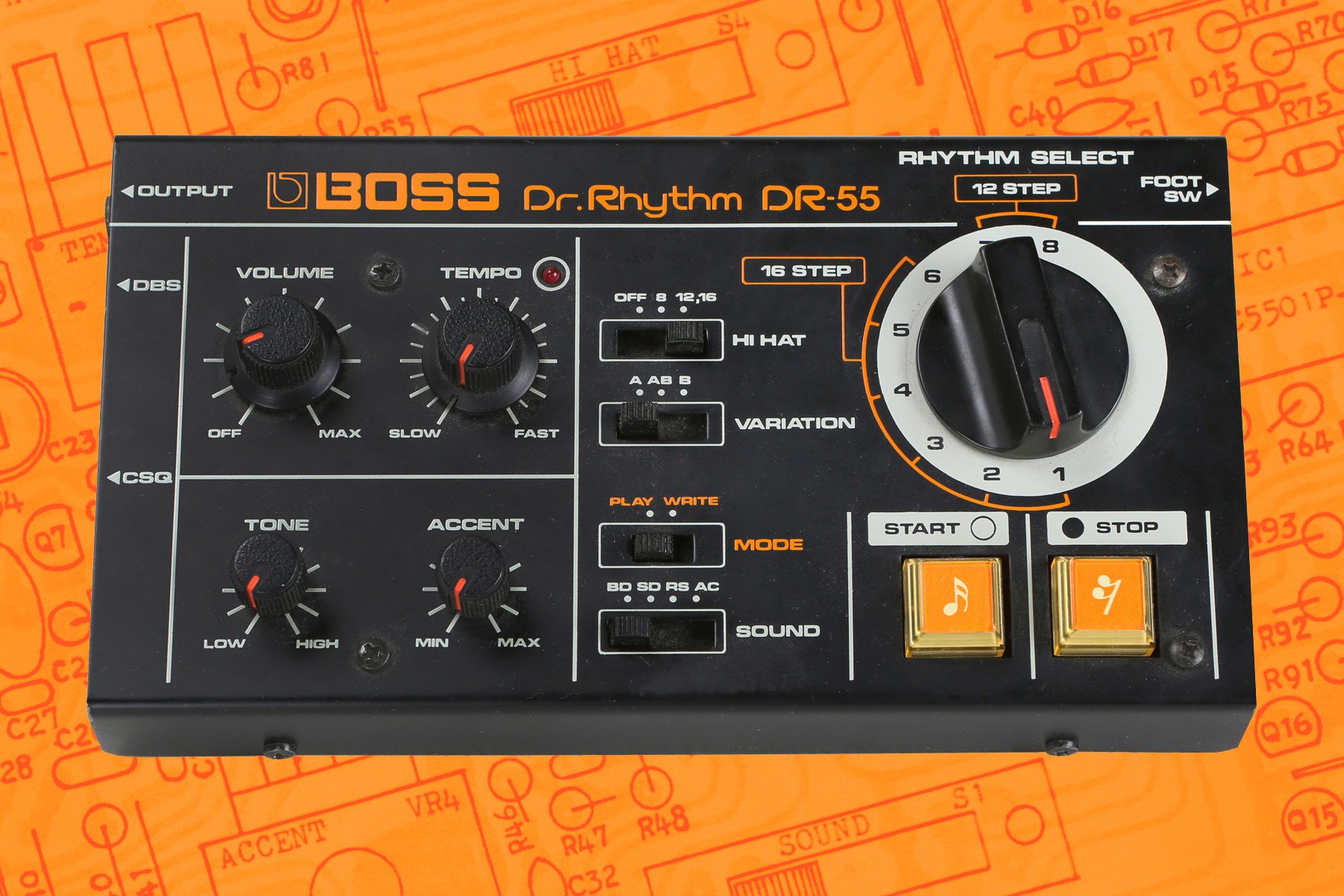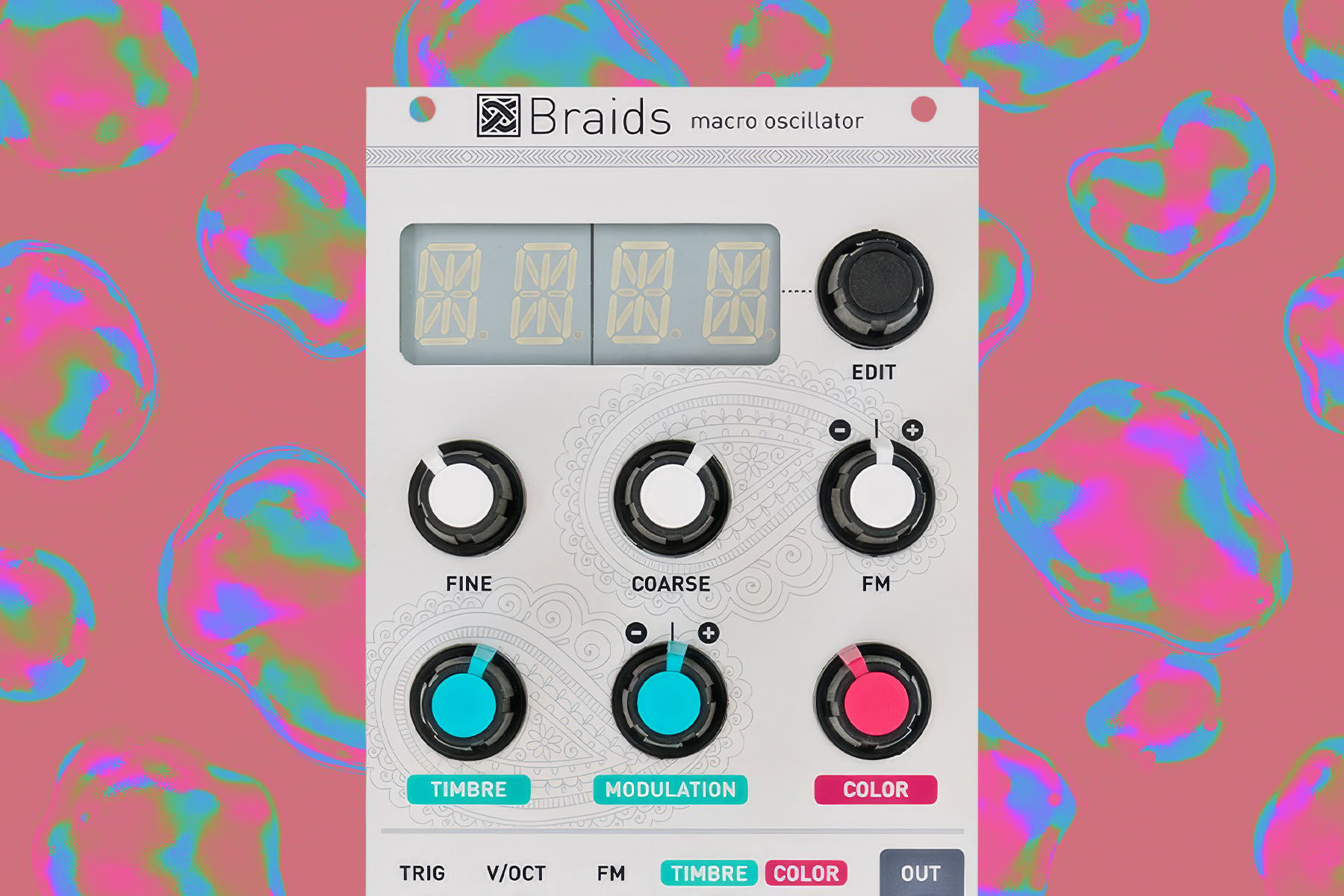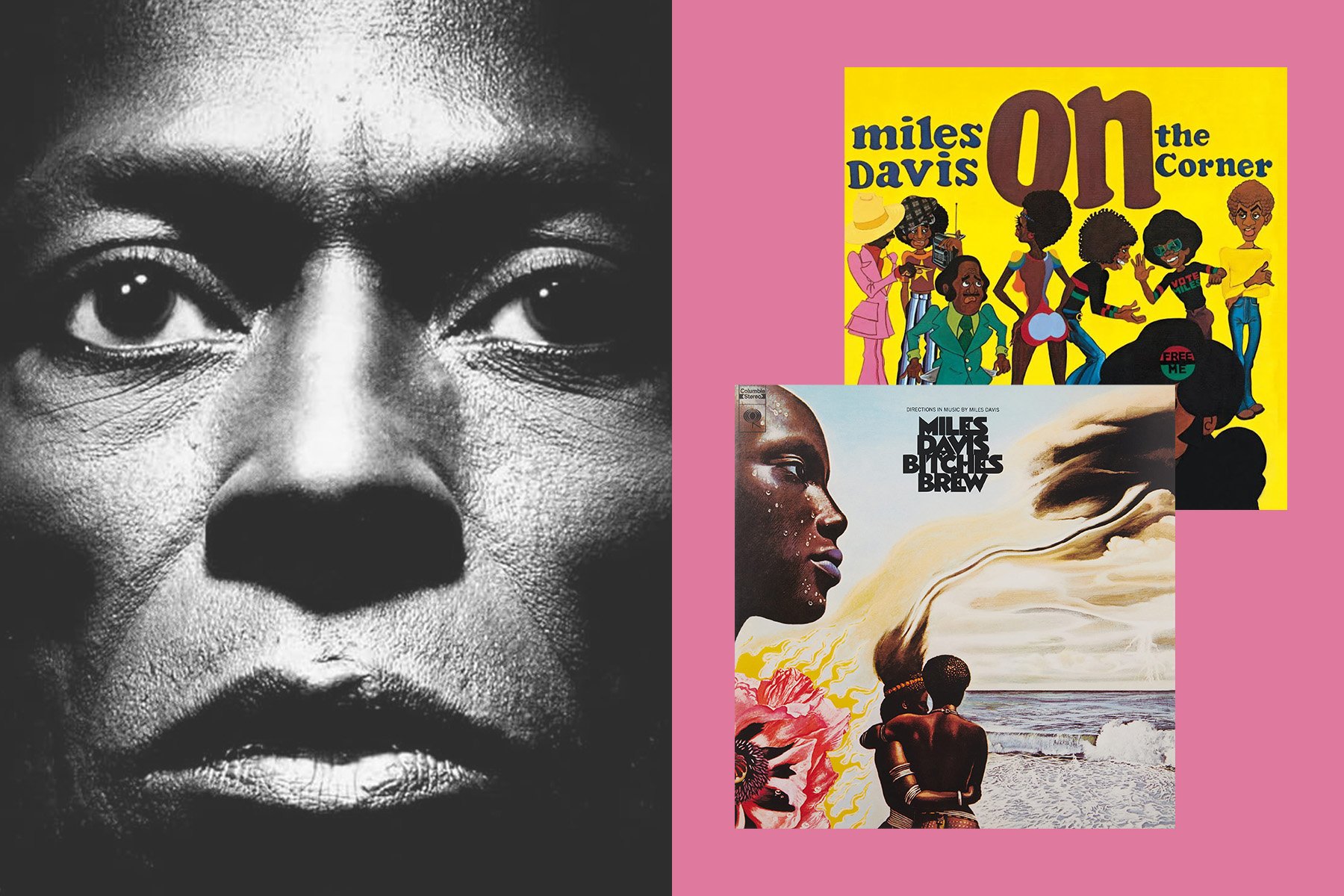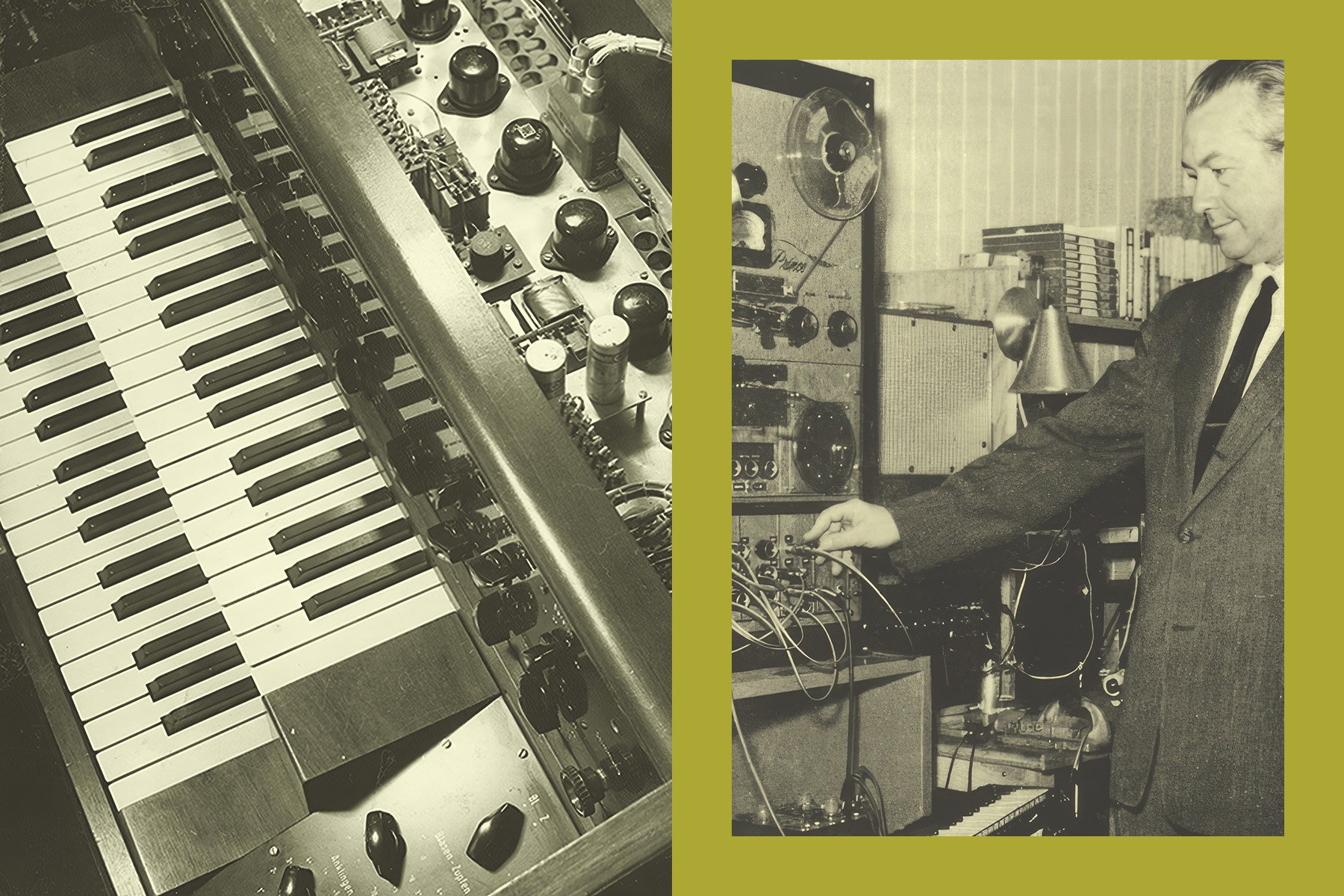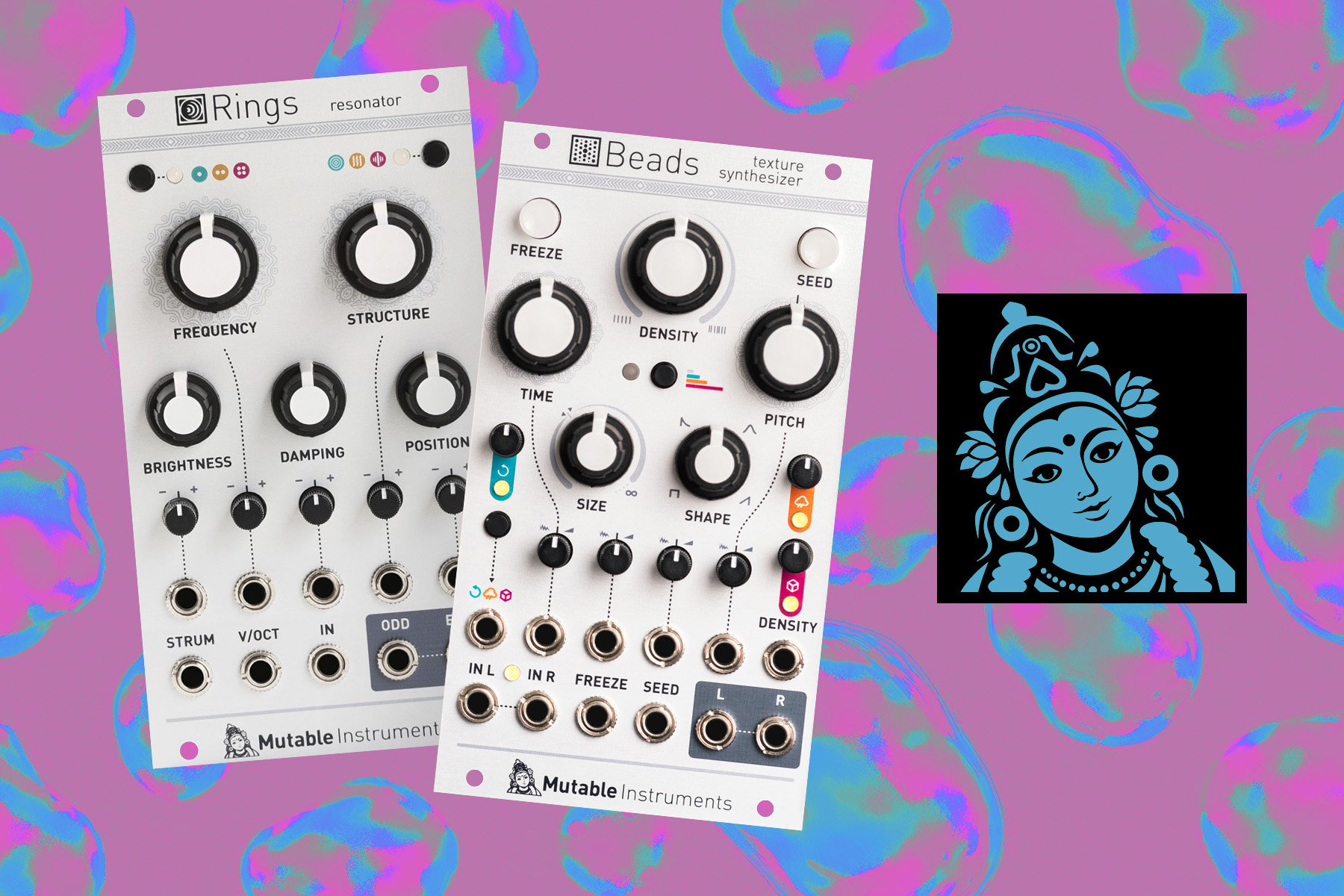We always like to see stories of collaboration in the modular community, and gladly the field abounds with such examples. Many modular designs we enjoy today are evidence of a long-lasting chain of inspiration, influence, and cooperation—direct and indirect—among artists, scientists, composers, musicians, and engineers. The modular synthesizer thrives on the exchange of ideas, experimentation, and a plurality of approaches. The Eurorack format, perhaps more than any other analog framework, epitomizes this notion, embodying a dynamic flow of ideas, concepts, aesthetics, philosophies, and methods expressed in thousands of synth modules from over 600 manufacturers worldwide. While one can certainly choose to build an entire system around a single brand, Eurorack setups, perhaps more often than not, represent a confluence of diverse ideas and approaches from multiple creators. Thus, it's especially fascinating to observe what emerges when the minds behind the creation and manufacturing of modules come together.
Ben Wilson, known widely as DivKid, is easily recognizable to anyone familiar with modular synthesizers, particularly through his detailed Eurorack module reviews and educational content. Over the past several years, Ben has collaborated with prominent brands such as Befaco, Instruo, and Making Sound Machines, resulting in several highly praised modules. His latest collaboration pairs him with Jose Cabrera of Vostok Instruments, a rapidly rising brand acclaimed for its thoughtfully designed modules. Having already released an interpolating scanner, Trace, to great acclaim, the duo returns with its twin module Path, an interpolating signal router. We used this opportunity to catch up with Ben and Jose, talk about the modules, the story of their creative partnership, and explore their ideas and philosophies regarding sound synthesis and synth-making.
An Interview with DivKid + Vostok Instruments
[Above: Ben Wilson, a.k.a. DivKid—synth educator and Eurorack extraordinaire; and Jose Cabrera, founder of Vostok Instruments]
Perfect Circuit: How did DivKid and Vostok Instruments first connect, and what motivated you to work together?
Jose Cabrera: I watched the first DivKid video 10 years ago when I built my first DIY Mutable Instruments modules. I remember being amazed by his Elements demo. I started following his channel right after that. We met some years later while I was working for Befaco. He was actively working with them on video demos and modules, and I was involved in some of those projects, so we had the chance to work together. I learned a lot from his deep understanding of the Eurorack ecosystem and how he printed it on his designs.
I wrote to him right after I finished the first four Vostok modules because I really wanted to count on one of his videos for the launch. To be honest, I wasn't sure if he would like them, and I was very surprised with his answer. He was very supportive and helped me a lot with everything, and the video was amazing.
Through the work in the Vostok videos, I think we both discovered that we are very aligned in how we like to work and design modules, which led to Trace.
Ben Wilson: Firstly I should thank Jose for the kind words about my videos, and to mirror what he said, we did meet while Jose was working with Befaco, so we’ve known each other for some years now. We weren’t particularly close at that time, but as Vostok Instruments came to life that relationship fast tracked as I could share direct excitement for Jose’s own designs and it was clear that we really valued and understood each other in approach to what we do, ideas about the format and each other's skillset.
It’s worth adding that the noise as a modulator for PWM on the Vostok Instruments oscillator Sena is one of my favourite patches in recent times, you can find that about eight minutes into the video I made for those first modules [Ed.: see above]. It’s a patch I’ve made lots of times, but sometimes modules just respond in a certain way and land on a certain sound that gets really exciting, however basic or complex the sound or patch is. Having those moments several times over with modules in the Vostok Instruments range pushed me forward wanting to approach Jose with my own module ideas.
PC: You each bring distinct experiences to the table—DivKid with a long-standing presence in the Eurorack community, and Vostok Instruments as a fresh but rapidly rising brand. What are your overarching design philosophies, and how do your different backgrounds influence the way you create modules?
JC: All my modules are designed around personal needs I found while playing live with the modular, but also with deep research.
I think in Eurorack, it is easier to get bored or even frustrated when you run out of essential tools, or at least that's my case.
When I design modules, the form factor is always the core of my projects. I'm more interested in creating something valuable that fills a gap than inventing something new. There is always room to revisit what already exists and improve it in terms of usability. If we take Asset, for example, yes, it is just another attenuator. Still, it has some additions that, in my opinion, improve the experience, like having inversion switches to get an accurate 0 point, the cascading inputs, the polarity representation of the LEDs, or just the point of having six attenuators with dedicated offset generators in 10hp. If one module could represent the entire design philosophy of Vostok, it would be Asset.
BW: Similarly my own module ideas stem from personal needs, most often ideas spark from a moment on the modular where I feel I need something and the solution is patching lots of other things to achieve what I want. Which is very modular in approach (tying simpler building blocks together for custom chains of behaviour) but not always practical. I try to find a balance in simple functions that with creative patching can do lots of different things while also condensing multi-module signal flows into simpler interfaces. Though I’d be lying if I said that was some strong philosophical path I’m following, I do have ideas that don’t follow that, that may see the light of day at some point.
It’s interesting Jose mentions the multiple of the same function philosophy as a bit part of Vostok Instruments, while that’s obvious in the first Vostok Instruments modules I realise that’s a parallel in some of my own designs too, funnily just not the ones collaboratively made with Vostok!
I do think modular systems shine with multiples of the same things, whether that’s a particular function with each channel set very similarly to the others, or doing something vastly different across multiple channels. Offering users ways to explore and make more of their existing modules is something often on my mind too, I personally get excited about modules that do that and try to work that into my own ideas.
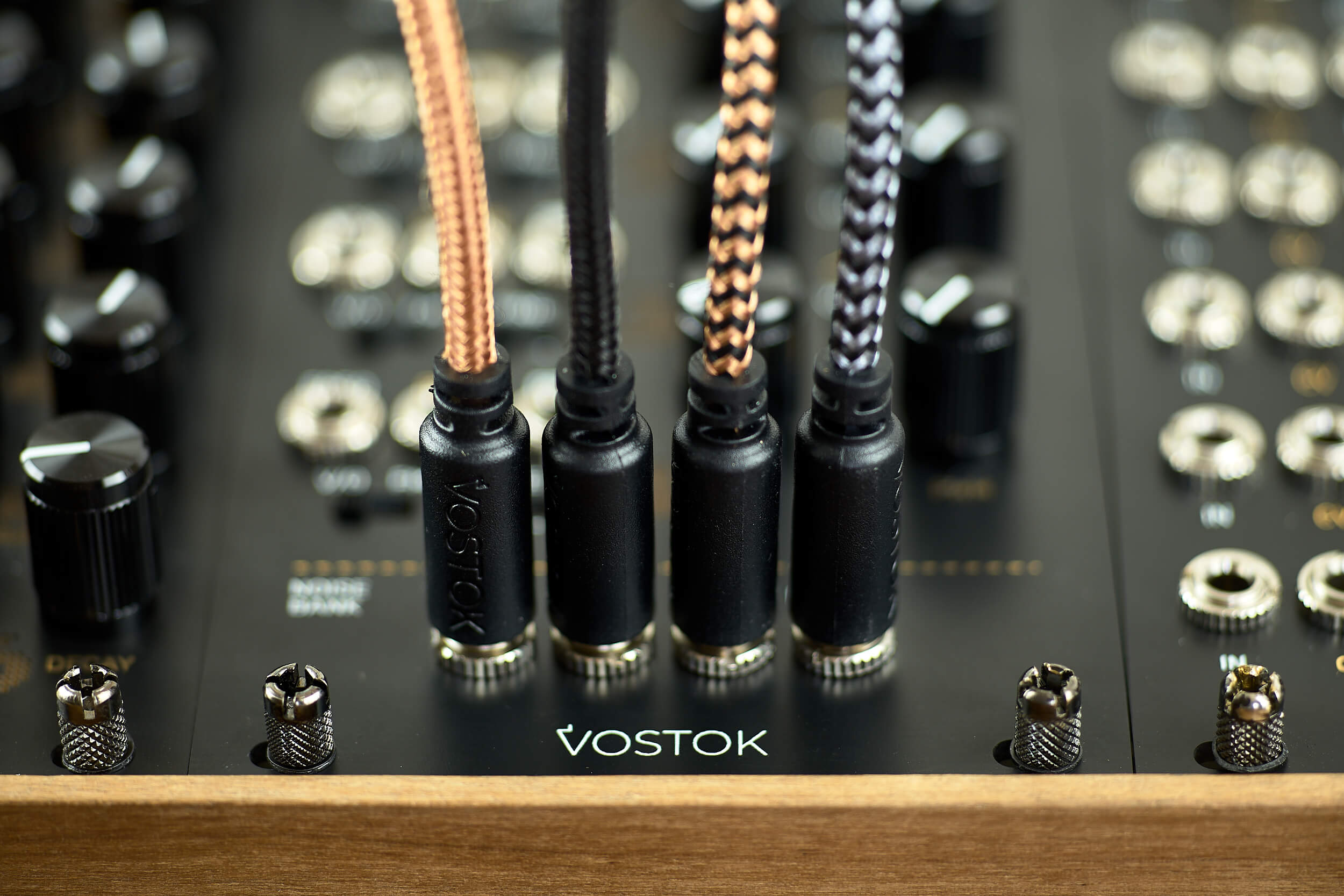
PC: Vostok Instruments entered the Eurorack scene with a cohesive lineup that quickly gained traction. What inspired you to launch a modular company, and how did you decide on the modules you introduced first?
JC: Well, I need to say that Vostok wasn't created to be a brand. I designed the first two modules (Asset and Fuji) for myself, but I received a lot of positive feedback from other artists and friends that encouraged me to release them. At that time (around 2021), I was more and more involved in designing at Befaco. They are a team with a powerful vision of how they think modular should be, so I guess that working between guidelines also encouraged me to create my own modules and print my identity into them.
Ceres came later that year, but while it was a very valuable set of modules, I thought I would need something more ambitious to make the brand's release more appealing. I spent almost two years working on Sena. It was challenging because, technically speaking, it is a very ambitious module; it is like having eight different modules working simultaneously in that footprint. I wanted everything to be cohesive and pleasant when you put your hands on it, so it wasn't an easy development.
After I finished all four, everything made much more sense to me. It is a set of modules with a fundamental functionality core, a distinct design, and an overcharged amount of possibilities.
BW: Working to someone else’s guidelines is something I’ve also come up against a lot both restrictively and really positively. As I work collaboratively there’s a distinct approach, design philosophy and visual branding to consider and for me it’s been a pleasure to spread my own ideas across a range of companies so I can lean into what they do and how they work to help shape my own ideas. I think that also says something about the beauty of the format, we have lots of the same functions available at any one time and we can make choices about what interfaces, circuits and sounds most appeal to us.
As someone involved but outside of the process (I didn’t see anything from Vostok Instruments until the first 4 modules were pretty much ready to release) I feel like Vostok Instruments landed on something cohesive with its strong but simple design language. The reasoning for multiples of the same functions is really strong and visually I feel like the modules work alongside the wide ranging styles and approaches we have in the Eurorack format. They’re easy to use and easy to integrate not only with the rest of the range but with other companies' modules too.
PC: Trace, your first joint release, is a four-channel signal interpolator originally inspired by Jürgen Haible and featured in Vostok’s Atlas quad filter. What sparked your decision to bring this concept into the Eurorack format?
JC: I would not say I brought it to Eurorack format because the Interpolating Scanners were already implemented in modules like the Verbos Scan & Pan or the Make Noise RxMX. Also, there are other great dedicated scanners like the Toppobrillo Mixiplexer.
When designing Atlas, I wanted to add some distinct functionality to the module, something extra and fun that could make the module more appealing than the fact that it is a compact quad filter. So I was thinking in different circuits like envelope followers and stuff when the Interpolating Scanner comes to mind. I had the Haible circuit on a breadboard, so it was fast to see if that could match well with filters, and it did! I needed to fine-tune the circuit to improve some caveats from the original and leave it to my taste, but it wasn't hard to get lovely blendings between different filter types.
While Atlas received a great reception and many users highlighted the scanner, I didn't think of making a separate module out of it until Ben came up with the idea. He made a first mockup of the front panel, and man, that made sense.
BW: the idea of crossfaders and scanners was something I’d had in various sketches and note forms for some time, which is how most things have started for me. Some ideas are near enough complete immediately while others take time.
My first module Mutes, for example, existed in a much simpler prototype hardware form and noted down patch ideas for a long time and then Befaco made the Hexmix and it was clear that they’d nailed the muting system and I asked them just give me that in 4HP. I have to credit Befaco for encouraging me to do that as a DivKid module too, that was never the idea, I just wanted them to make it for me and maybe credit me in the manual or something if they released it. I mention the Mutes story as there’s a direct parallel here with Trace. Pretty much as soon as I used Atlas to scan through its four filters, I knew that it could bring together some of the ideas I had.
So I approached Jose with some mockups, which he adjusted to the Vostok Instruments visual design and we adjusted the layout, discussed a few things and it came together very quickly. I’m really proud of Trace, the amount of patch ideas and things I want to do with it is huge! So many modules welcome themselves to scanning through the modulation that goes into them or morphing through a module's outputs with Trace downstream.
PC: Which uses of the module have you found to be most inspiring, and have there been any unexpected or surprising discoveries in your own patches?
BW: It’s the combination of hands on performative control and the ability to modulate a series of simple or complex changes in a patch. Thinking of both quicker pattern forming movements right at the core of the sound or longer changes across repetitions or musical movements in a piece.
The biggest surprise has been how many of them I now want in my patches! From scanning oscillator waves for morphing the basic waveforms or complex multi VCO blends to then wanting to scan through modulation on a per step basis (almost sequential switch like) for what hits filters and folders to then morphing through various FX and processing paths nearer an output stage. I’m obviously biased and I know it sounds like a sales pitch, but it’s been surprising to find so many places in a system that Trace slots into nicely.
JC: I was definitely surprised by the number of different patches in which an interpolating scanner can be included in a very creative way. Ben and I have been discussing a lot of patches for Trace since the beginning, and I'm pretty sure we will come up with more of them because while the functionality is so simple, the fact that you can throw whatever you want into it will lead to interesting results.
My favorite Trace patch is using it to scan through different LFOs and plug the output into a quantizer to create arpeggios. I can pass hours moving that fader and just listening to what is happening. Ben showed that patch nicely in the Trace launch video!
PC: Your new module, Path, performs the opposite function of Trace—taking one input and morphing across four outputs. What are some of your favorite ways to use it, and how does it expand on the ideas behind Trace?
BW: It’s absolutely right that Path is the opposite of Trace, with that in mind a patch I really enjoy is morphing between different FX chains with each module offering different results.
With Trace you can input 4 FX or processing chains into the inputs and then scan between them and output a mix that chops, changes, merges FX as slowly or quickly (up to audio is fun) as you like to modulate between them.
With Path you can take your core voice and then similarly chop and change that routing to the different FX paths. With Path though you’ll get FX trails, routing to a reverb for example that reverb will keep going in your mix, whereas with Trace if you’re taking the FX outputs and scanning them you can cut off a sound completely.
Similarly with modulation, with Trace it’s fun to scan through modulation sources and route them to one destination (say a filter cut off) but with Path you can take a modulation source and distribute that out to multiple parts of a patch or across different voices.
Ultimately both Trace & Path offer a lot of power in a small space and together, where you scan through sources on Trace then output into Path to then morph the routing around a whole modular system there’s lots of applications, it still feels like there’s more for us to explore.
JC: Ben explained very well the differences between Trace and Path and the different possibilities that each opens up. They are technically twins, but their functionality is inverted, which makes them an incredible match.
Talking about Path, it is a very special module. You can drastically move your entire patch with it and see how a signal travels through different modules. I was usually using sequential or manual switches for that kind of operation, but Path now adds the ability to crossfade so the signal doesn't need to be in one place or another; it can be in the middle or 70% in one and 30% in another, or you can modulate the routing so fast that it can be everywhere! It's really game-changing for me, and I'm excited to see how people use it.
PC: How do you envision Trace and Path fitting into people's existing Eurorack systems? Were there particular performance or studio scenarios you had in mind during their development?
JC: I think both modules can find their place in any system. They are very performative and experimental modules and are also tiny and affordable, so I think they can shine in any situation. We already saw many users with more than one Trace in their racks! Hainbach is actually performing with four Traces paired with his Collide 4s!
BW: I think a performance or studio setting can have both performative (hands on) and lets say automated (hands off) approaches, where on stage you can never touch something and it behaves as you like under complete voltage control or you can be all over it fingers dancing around the panel, both work in a home or studio setting too. With that in mind I’m definitely designing for both situations. Jose hit the key point that it’s also small at 4HP and affordable so we’re hoping it’s accessible to many people and many approaches to using modular gear.
PC: Your modules—particularly those with a strong focus on utilities and performability—often pack impressive functionality into a small footprint while maintaining an intuitive interface. How do you decide how many features to include without overwhelming the user, and what guides you in balancing complexity of outcome with clarity of control?
JC: That's a very interesting question. Deciding the module's form factor is crucial to any of my developments. It is usually a matter of research and my experience with other modules. My most popular modules are 10HP, which is a size that I love because it is a middle ground where you have enough space to add interface elements and work in the design without many constraints, but it also does not take much space in the rack. In a regular 6U 84HP case, 10HP supposes 6% of the available space. It is not much, even if the module's functionality is limited. Still, if it packs a good amount of functions with a reasonable compromise of usability, then the value of that module increases a lot.
That usability compromise will always exist when you limit the layout, but I always try to be flexible and adapt the size to the module's functionality. Could Atlas be made with less HP? Maybe, but then I don't think the usability compromise would be worth it. I always try to drive around the limits of what I consider acceptable regarding usability vs. functionality, and also what adds value to the users compared to the existing modules.
BW: In a modular system you can always add features and complexity with more modules, which always feels like the core of what modular systems are about. In contrast there’s great examples of modules with lots of embedded complexity in circuit, front facing functions or the interfaces themselves and both approaches live side by side in the options for a modern Eurorack system. There’s just something really appealing in distilling down what a module does to a simple form, that often for me is a good antidote to the inevitable feature creep in the early idea stages.
PC: Are you planning any further development or new iterations within the Trace/Path series?
BW: We don’t have any current plans to expand on this scanning or morphing idea that Trace and Path work within. I think we’re both most excited to continue exploring the patching possibilities of those modules, individually, as multiples of each and combinations of them. We’re both really excited to see what creative things people do with the modules too, that’s always really inspiring and sparks new ideas.
PC: Are there any other upcoming projects you would like to share with us?
JC: I already have another module ready to launch in 2025, but I still haven't decided when. I also have a couple of new designs in the prototype stage, but I can't even say if they will finish being actual modules!
BW: There’s everything from day dreams and ideas floating around my head, to more fully drawn out specifications and designs on my side. Among those a couple of things are more actively in motion at various stages of development, so we will see some more DivKid collaboration modules in the future too.

